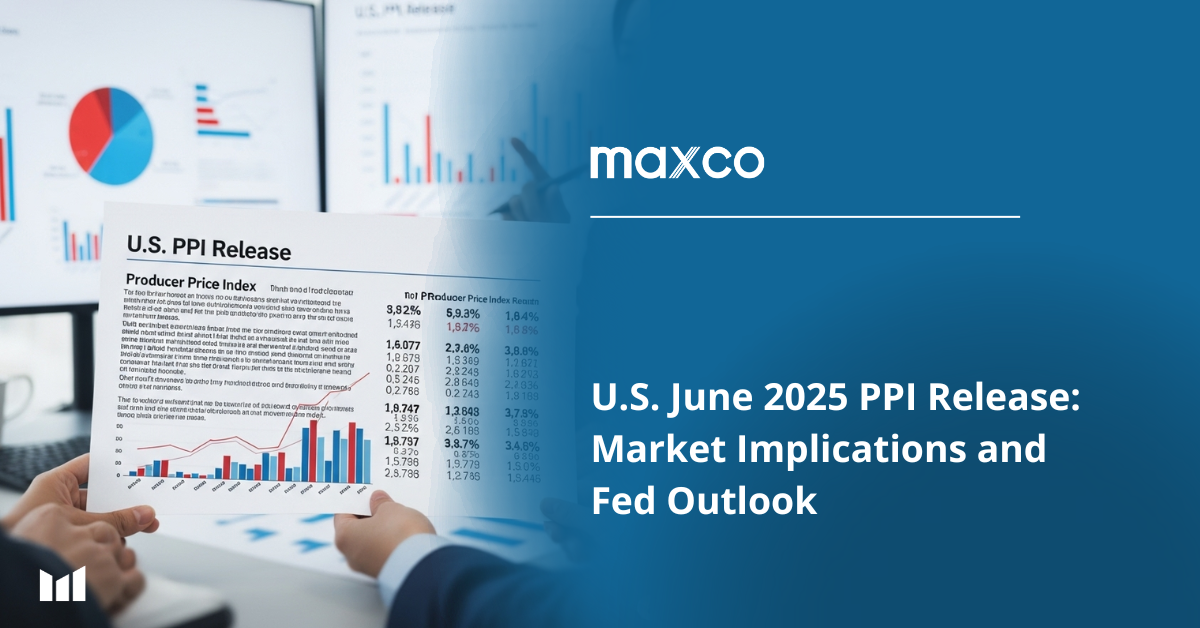The U.S. Producer Price Index (PPI) data for June 2025 came in below market expectations, reviving speculation that inflationary pressures at the producer level are beginning to ease. This increases the likelihood that the Federal Reserve will maintain a cautious stance on interest rate policy, at least for the near term.
The Bureau of Labor Statistics (BLS) reported that the final demand PPI was flat at 0.0% month-over-month, underperforming the market’s forecast of a 0.3% increase. On a year-over-year basis, the index rose 2.3%, also below projections of 2.8%. This suggests a weakening in producer-level price pressures that had previously surged during the first quarter of the year.
Meanwhile, the goods component rose by 0.3%, driven by higher prices in energy, communication equipment, and select basic goods. However, this increase was offset by a 0.1% decline in services, particularly in retail margins and transportation services.
Furthermore, Core PPI—which excludes food, energy, and trade services—remained unchanged from the previous month, reinforcing that structural inflationary pressures in the manufacturing and distribution sectors remain relatively contained.
Market Impact
The data release triggered a notable reaction in financial markets. The U.S. dollar weakened against most major currencies as market participants interpreted the data as a sign that the Fed is unlikely to raise interest rates in the near term. U.S. Treasury yields also declined, reflecting lower short-term inflation expectations.
Stock markets responded mixed. The Nasdaq index gained on expectations of a more accommodative interest rate outlook, while the Dow Jones and S&P 500 remained flat as investors weighed corporate earnings prospects amid a normalizing inflation environment.
Fed Policy Outlook
The June PPI data complements a broader picture of easing inflation, following the earlier release of CPI data which also showed a cooling in consumer inflation. Taken together, these reports provide the Federal Reserve with more flexibility to keep its benchmark interest rate steady while awaiting further economic data.
Market attention will now turn to upcoming economic indicators, including retail sales, unemployment figures, and the next FOMC meeting—which will be a key determinant in the direction of future monetary policy.
